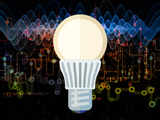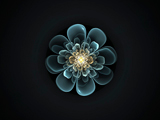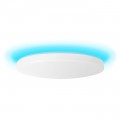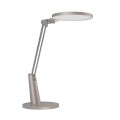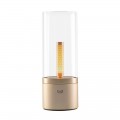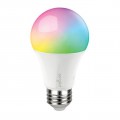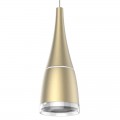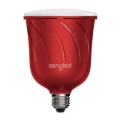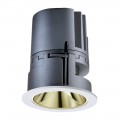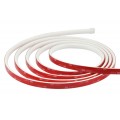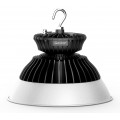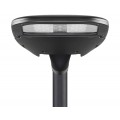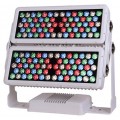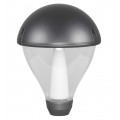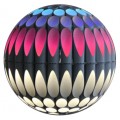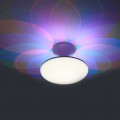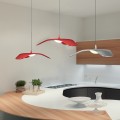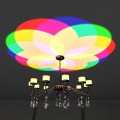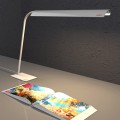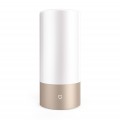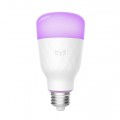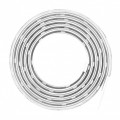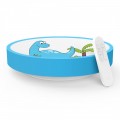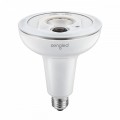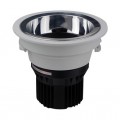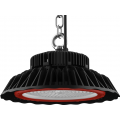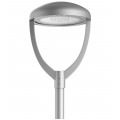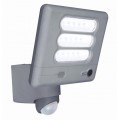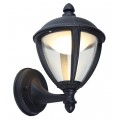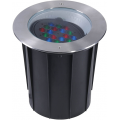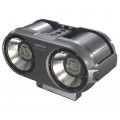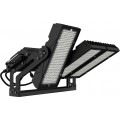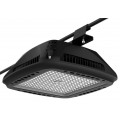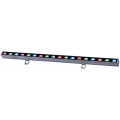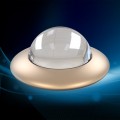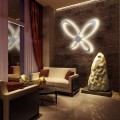Light emitting diode (LED) luminaires are well known for lighting applications. LED lighting offers a number of advantages over conventional light sources, such as: lower energy consumption, extended lifespan, improved robustness, more compact size, faster switching, and impressive durability and reliability. However, quite a few design challenges and costs are tied in with swapping traditional lamps with LED luminaires. While there could be various failure mechanisms in a complex LED luminaire system, a few key issues are seriously worth further discussion: the thermal management of LED lighting systems, the character and measurement of lumen depreciation, the pattern and specification of electronic drivers, and considerations with regards to color changes since they affect the useful life of a fixture.
The very first issue is the need for a more complicated and more expensive driving circuit usually composed of a filter, a rectifier, a power factor corrector (PFC), etc. to drive LEDs. A light emitting diode is a type of diode, in other words a type of electronic component that conducts electric current in just one direction, which is configured to produce light when it is conducting current of an adequate amount of magnitude. It is extremely sensitive to an applied working voltage, and also the I/V thereof is in a relation of exponential rise. Because of this, the typical LED luminaire includes a complicated drive circuit to rectify an alternative-current grid power source into a direct-current power source, which is subsequently converted into another direct-current power source with a voltage exclusively suitable to drive LEDs. The design of the driver circuit hence becomes vital in determining the performance of LED lamps.
A driver typically incorporates components such as an input filter, a rectifier, a MOS transistor, a transformer, a triode, a transformer, a short-life power factor corrector (PFC), an EMI filter, an electrolytic capacitor, and the like. Keeping that in mind, the components are numerous, the circuit is complicated, the design is challenging, and the cost is therefore increased. Considering that the circuit usually contains various elements, particularly those with life limitation, like for example electrolytic capacitor, the life of the drive power supply is limited, as a consequence limiting the life of the whole LED lamp as well. An electrolytic capacitor is commonly arranged in a voltage input path as a way to improve the luminous efficacy of the LED devices. The application of electrolyte capacitors, which serve as temporary power source for the controller, presents disadvantages for the LED assembly design, such as extended startup times (large capacitance), additional cost, increased component size (electrolytic capacitors possess a large form factor), and limited lifetime especially at elevated temperatures (electrolytic capacitors dry out). The durable time of the electrolytic capacitor is generally shorter than that of the LED devices. Obviously, using the electrolytic capacitor in the luminaire not only leads to undesirable influence to a power factor of the luminaire, but also reduces reliability and lifespan of the luminaire. In the event the electrolytic capacitor fails, the luminaire is unable to operate properly. LED drivers generally have a short operational life which is not matched with that of the LED. The typical nominal lifetime of these components is generally less than 25,000 hours, while the lifetime of LED itself should be as long as 50,000-100,000 hours.
Another challenge inherent to operating LEDs is heat. Performance of LEDs is temperature reliant. LEDs consist basically of a semi-conductor material which emits light once electric current is applied. As a byproduct of operation, heat is additionally generated in the same location. Heat can also be created by power electronics that are employed to transform or condition current to energize and control the solid-state lighting. In the majority of applications, light is the desired form of energy from an LED and heat is not wanted. This is because heat can in many instances result in permanently damages to the LED, thereby degrades LED performance by causing dropped light output, and results in a premature device failure. Hence, adequate heat-sinking or cooling is necessary to maintain a long lifetime for the LED, which is especially important in applications where the LED is required to operate over a wide range of temperatures. A terrible heat dissipation design can lead to serious consequence. Overheating is particularly problematic in sold state lighting as it can cause failures in one or more components of the driver, and therefore a malfunction or shut down of the entire system.
Another downside of solid state light sources is that their brightness (i.e., light output, measured in lumens, and thus also called lumen output) degrades with time. This ongoing degradation is generally termed as lumen depreciation. Therefore, LED lifetime is typically measured in the period of time that passes before lumen depreciation causing the LED to output light having an unacceptably low level of lumens. The rate at which an LED experiences lumen depreciation is dependent upon numerous factors, such as but not limited to, manufacturing defects, material composition, heat management, and power, among others. The operating lifetime of an LED fixture is limited partially as a consequence of decrease in output light intensity of the LEDs over time. This decrease or lumen depreciation is influenced by temperature so despite the fact that the brightness of the LEDs can be elevated by increasing the electrical current supplied to the LEDs, the elevated current increases the temperature of the LEDs, which eventually decreases the efficiency and lifetime of the LEDs.












